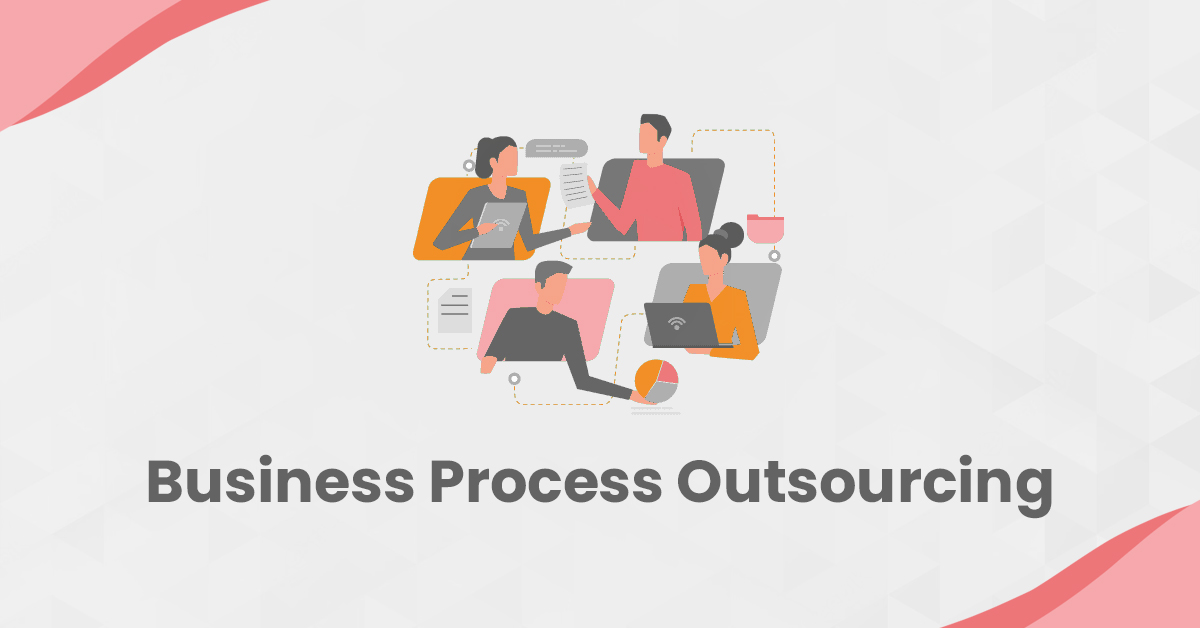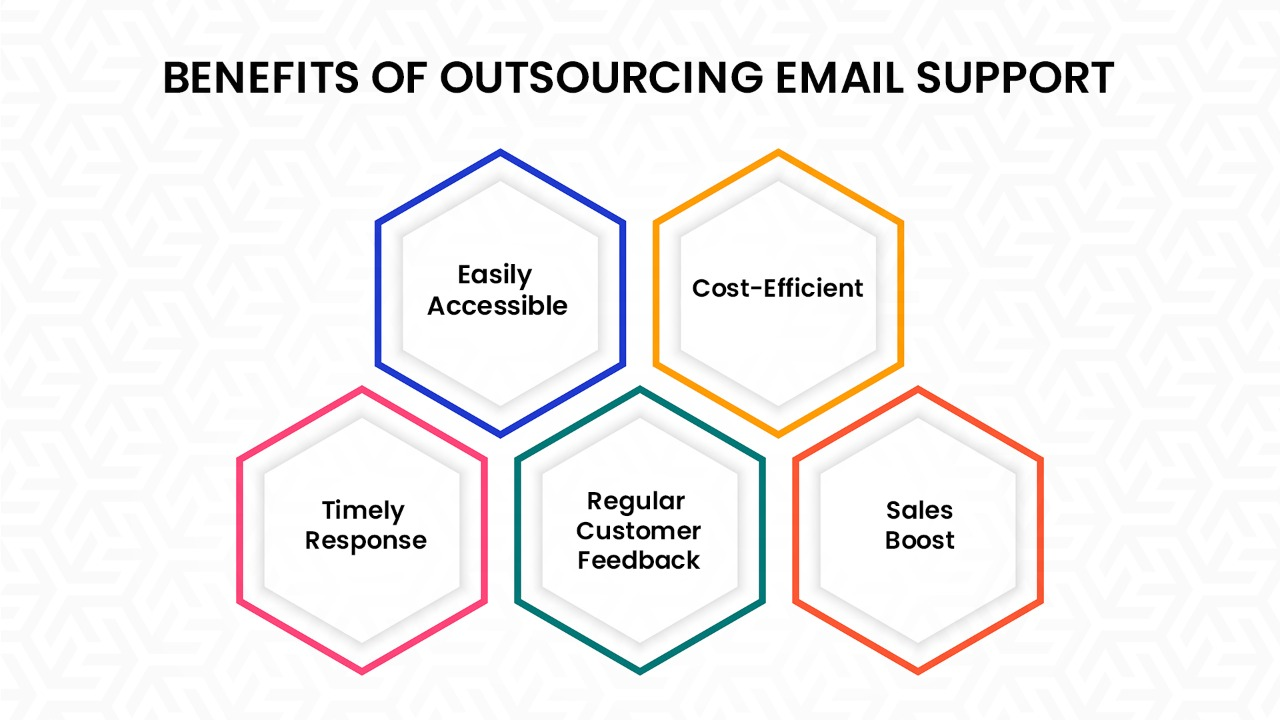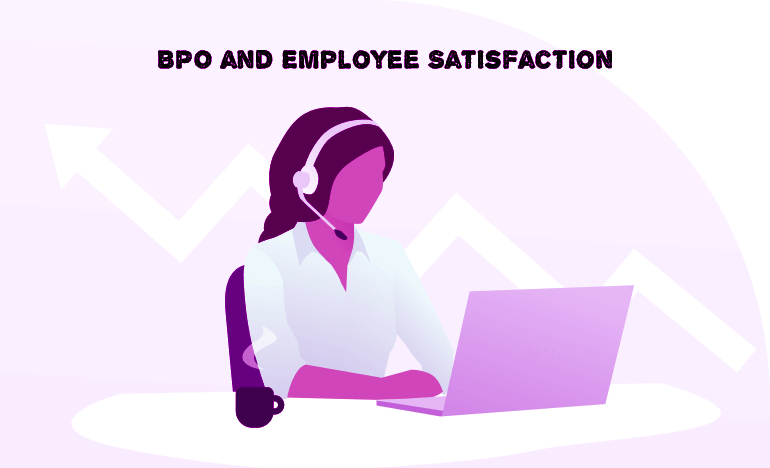Transform Your Business: The Power of Personalization in Customer Experiences
Can a more customized customer experience lead to more sales? And how can data be used to its greatest potential? Learn how to improve the customer experience with this comprehensive guide.
What is a personalized customer experience?
We like to purchase where we feel appreciated and from businesses we trust, whether it's online or in-store. That is what a truly tailored client experience provides at its most basic.
In the same way, you'd rather trust a friend than a stranger, businesses that personalize their shopping experiences attract and retain customers, while those that don't do. So, what do we mean by a 'tailored customer experience?' Well, it's the art of exploiting client data to tailor you're offering.
That could be as simple as addressing them by their first name in an email rather than 'dear customer,' or it could mean using innovative experience management software to deeply understand customer preferences and tailor specific offers, personalized recommendations, or even the entire purchasing journey in real-time.
Businesses now communicate with customers across a multitude of channels, including email, social media, in-store, over the phone, via apps, and more, and the more you tailor the customer journey at each touchpoint, the better their experience.
Does a personalized experience impact result?
Can a more customized customer experience lead to more sales? And how can data be used to its greatest potential? Learn how to improve the customer experience with this comprehensive guide.
What is a personalized customer experience?
We like to purchase where we feel appreciated and from businesses we trust, whether it's online or in-store. That is what a truly tailored client experience provides at its most basic.
In the same way, you'd rather trust a friend than a stranger, businesses that personalize their shopping experiences attract and retain customers, while those that don't do.
So, what do we mean by a 'tailored customer experience?' Well, it's the art of exploiting client data to tailor you're offering.
That could be as simple as addressing them by their first name in an email rather than 'dear customer,' or it could mean using innovative experience management software to deeply understand customer preferences and tailor specific offers, personalized recommendations, or even the entire purchasing journey in real-time.
Businesses now communicate with customers across a multitude of channels, including email, social media, in-store, over the phone, via apps, and more, and the more you tailor the customer journey at each touchpoint, the better their experience.
Yes. Furthermore, all indications point to further customization efforts becoming an essential component of day-to-day operations.
Today's clients anticipate personalization as normal. They are aware of the tools accessible to businesses and marketers, as well as the fact that they frequently give their data to the organizations with which they do business, and they demand customized experiences as a reward. According to Salesforce research, 79% of customers are prepared to give data for this purpose, rising to 88% if the data sharing results in customized offers.
Most significantly, research demonstrates that providing a customized customer experience based on feedback and relevant data has a direct influence on a company's bottom line.
Today's clients anticipate personalization as normal. They are aware of the tools accessible to businesses and marketers, as well as the fact that they frequently give their data to the organizations with which they do business, and they demand customized experiences as a reward. According to Salesforce research, 79% of customers are prepared to give data for this purpose, rising to 88% if the data sharing results in customized offers.
Most significantly, research demonstrates that providing a customized customer experience based on feedback and relevant data has a direct influence on a company's bottom line.
Common roadblocks to personalization
Many businesses today are only beginning to personalize, and they encounter certain typical problems in executing a comprehensive personalization strategy. Here are some of the roadblocks you're likely to face on the way to personalized CX.
Data gathering and analysis
The most difficult aspect of delivering tailored client experiences for most firms is gathering and compiling the appropriate data. This can be challenging due to technology limits, clients' unwillingness to give their data or a lack of competence among your staff. Analyzing all that data might be tough without the correct tools or expertise.
Outdated technology
If your data platform is out of date, you will most certainly have difficulty centralizing information, analyzing it promptly, or even acquiring sufficient data in the first place. Similar problems may develop if you do not have an effective customizing option. You'll probably need a new platform to keep up with the level of customization that customers have grown to anticipate.
Company management silos
If your company's data management and approval processes are isolated or cumbersome, it will be difficult to use data or work through the full customer experience. And, if different areas of the firm handle different portions of the experience, you'll need to establish a mechanism for them to collaborate to produce a unified, personalized experience.
Building your personalization strategy
The key to success in customer experiences personalization is to develop and adhere to a strategy. These stages will assist you in developing an effective business strategy.
Identify who your customers are and what they want
The first step is to understand who your clients are and what they want from customization. Customer personas are a fantastic place to start, as they include demographics, hobbies, and purchasing habits. Create many personas to represent the distinct types of people your company attracts.
Consider how your clients want to receive information and attention, in addition to the products or services they desire. If you're a huge retailer, for example, your consumers will most likely value product recommendations and tailored emails, but boutique shoppers may prefer one-on-one interactions or entirely individualized fashion consultations. Whatever the situation, you need to understand your client's expectations before you can meet or surpass them.
Take stock of your customer journey
Next, design a comprehensive customer journey map for each client profile as they interact with your brand. If you already have client data, analyze it for patterns and note which aspects of your current CX perform well.
Look for touchpoints where you may provide personalized recommendations and pay attention to how and when clients switch across channels as they advance through the journey. Determine where clients are likely to want to go next after completing phases and how you may guide them with personalized content.
Define important personalization criteria
You need data to personalize consumer experiences. Consider what type of data will best guide your personalization attempts. Your perfect data will depend on your business demands and industry, however, a few of the most popular sorts of acquired data are:
- Customer location
- Demographics
- Behavior on site
- Purchase history
- On-site search history
Once you've determined what information will be most beneficial for targeting your clients, begin getting it from them in a non-intrusive, transparent manner. Consider other methods of data collection besides surveys. For example, if you are offering a health-related product, you might ask clients about their eating habits, exercise regimen, or environmental conditions, allowing you not only to tailor the product they are purchasing but also to influence future personalization efforts.
Product quizzes that provide recommendations based on client responses, such as those concerning personal dress style, can also create useful data. Proactive customer service or online chat prompts can also help you discover what queries or problems clients face at different points of their trip.
Ensure quality in data processing
Bad data can derail even the best-planned personalization initiatives, so make sure your current technology and gathering processes are working properly. If feasible, centralize your data for quicker access. This could entail negotiating permissions and information sharing between multiple departments, changing your firm structure, or forming a new and cross-functional team focused on customization that includes individuals with a wide range of capabilities.
In addition to the proper data, make sure you have the right analytics tools to turn it all into insights that can guide your personalization strategies. Consider investing in a solution that can handle customization on a large scale and allow you to get the most out of your data.
Segment your audience
Once your data management systems are in place, you can finally segment your audience and set the framework for individualized client experiences. Divide your clients into groups based on their region, gender, age, brand familiarity, stage of the customer journey, and other business-relevant criteria.
This phase is critical for providing flexibility in your customization since it allows you to examine what types of recommendations or communications are most suited for each audience. Then, inside each category, you may refine and personalize the experience for each customer.
Begin personalization
Once you've completed these first procedures, you'll have the strategic information you require. Now it's time to transform it into a tactical plan and begin executing. Begin by choosing whatever material you want to personalize and how it will alter based on the customer's past. Next, create a list of each channel you intend to employ, as well as a thorough plan for how and when content from each channel will be delivered in a personalized manner.
Consider how you want to design the experience for maximum impact, convenience, and customer happiness, and create any creative assets that may be necessary. You might want to start small—for example, with personalized product recommendations at checkout and in confirmation emails—and then analyze how.
Collect feedback and optimize
No large-scale customizing attempt is flawless or comprehensive. Consider it a work in progress and seek feedback from customers. You can accomplish this by including links to surveys on product sites or at checkout, as well as analyzing customer service interactions for patterns.
Examine your data to identify which recommendations were most effective and at what stages of the client journey. The goal is to always research ways to enhance your complete process for improvement.
Conclusion
In an era where personalization is no longer a luxury but an expectation, businesses that invest in creating a customized customer experience stand to gain significantly. By leveraging customer data effectively, companies can not only enhance the shopping journey but also build stronger relationships, increase customer loyalty, and drive more sales.
Personalization goes beyond simply addressing customers by their first names; it involves understanding their preferences, behaviors and needs at a granular level. By utilizing data-driven insights, businesses can offer tailored recommendations, personalized offers, and unique experiences that resonate with individual customers. This approach not only meets customers' expectations but also exceeds them, creating a sense of appreciation and trust that can differentiate a brand in a competitive market.
However, achieving effective personalization requires overcoming familiar challenges such as data gathering, outdated technology, and organizational silos. By adopting a structured strategy that includes identifying customer personas, mapping the customer journey, defining personalization criteria, ensuring data quality, and segmenting the audience, businesses can systematically enhance their personalization efforts.
As businesses embark on this journey, it is crucial to continuously collect feedback and optimize personalization strategies. This iterative process helps refine the approach and ensures that the customer experience remains relevant and impactful.
Experience unparalleled customer service solutions with JindalX. Elevate your business with our innovative, data-driven strategies tailored to enhance customer satisfaction and drive growth.
Personalization goes beyond simply addressing customers by their first names; it involves understanding their preferences, behaviors and needs at a granular level. By utilizing data-driven insights, businesses can offer tailored recommendations, personalized offers, and unique experiences that resonate with individual customers. This approach not only meets customers' expectations but also exceeds them, creating a sense of appreciation and trust that can differentiate a brand in a competitive market.
However, achieving effective personalization requires overcoming familiar challenges such as data gathering, outdated technology, and organizational silos. By adopting a structured strategy that includes identifying customer personas, mapping the customer journey, defining personalization criteria, ensuring data quality, and segmenting the audience, businesses can systematically enhance their personalization efforts.
As businesses embark on this journey, it is crucial to continuously collect feedback and optimize personalization strategies. This iterative process helps refine the approach and ensures that the customer experience remains relevant and impactful.
Experience unparalleled customer service solutions with JindalX. Elevate your business with our innovative, data-driven strategies tailored to enhance customer satisfaction and drive growth.




Comments
Post a Comment